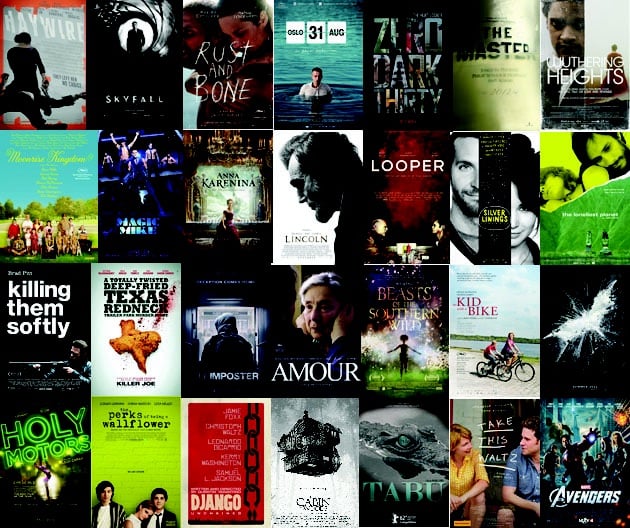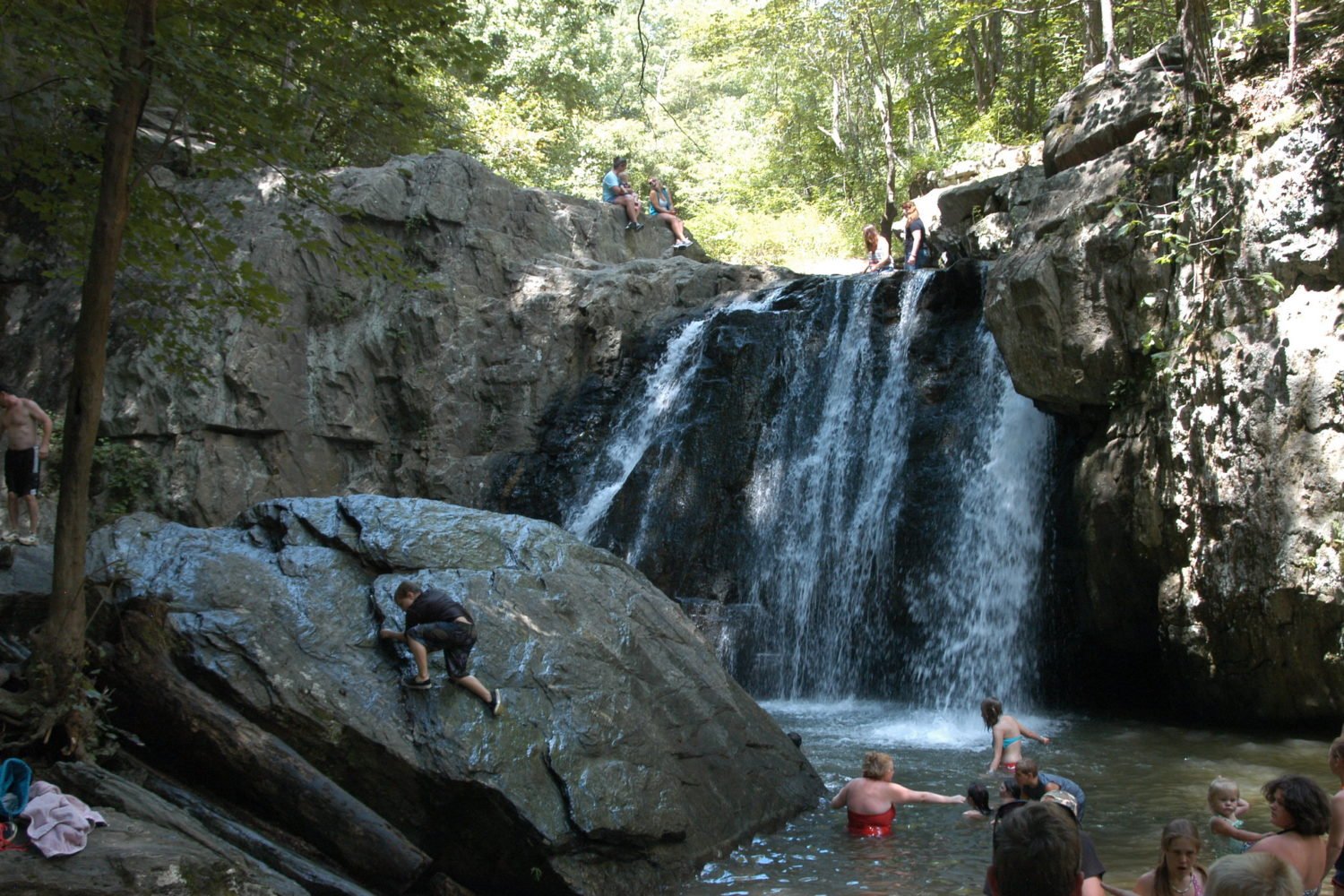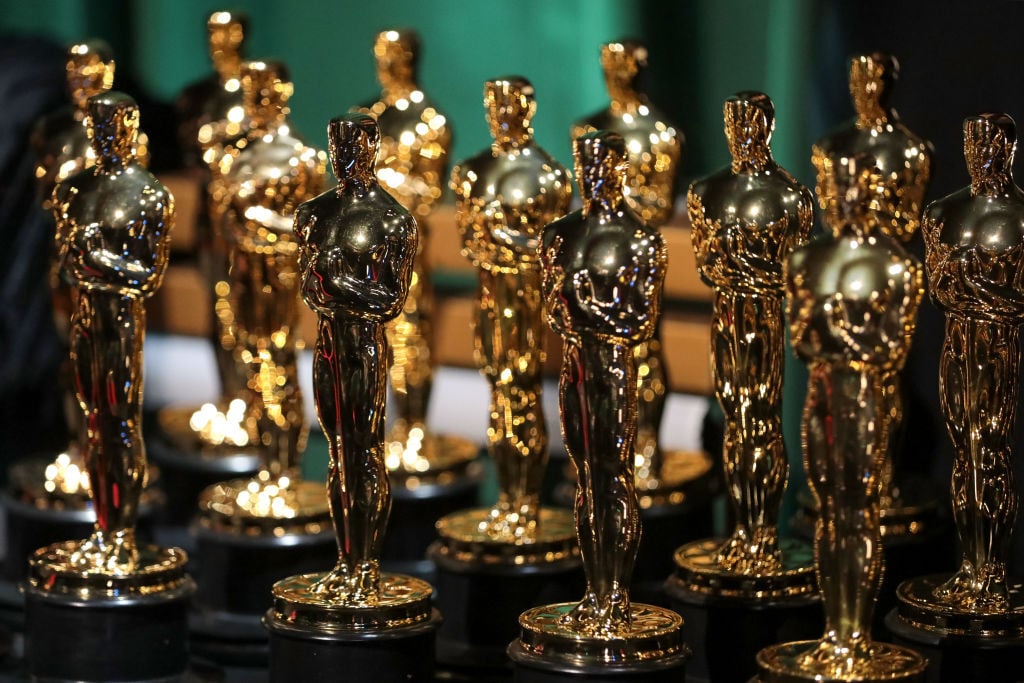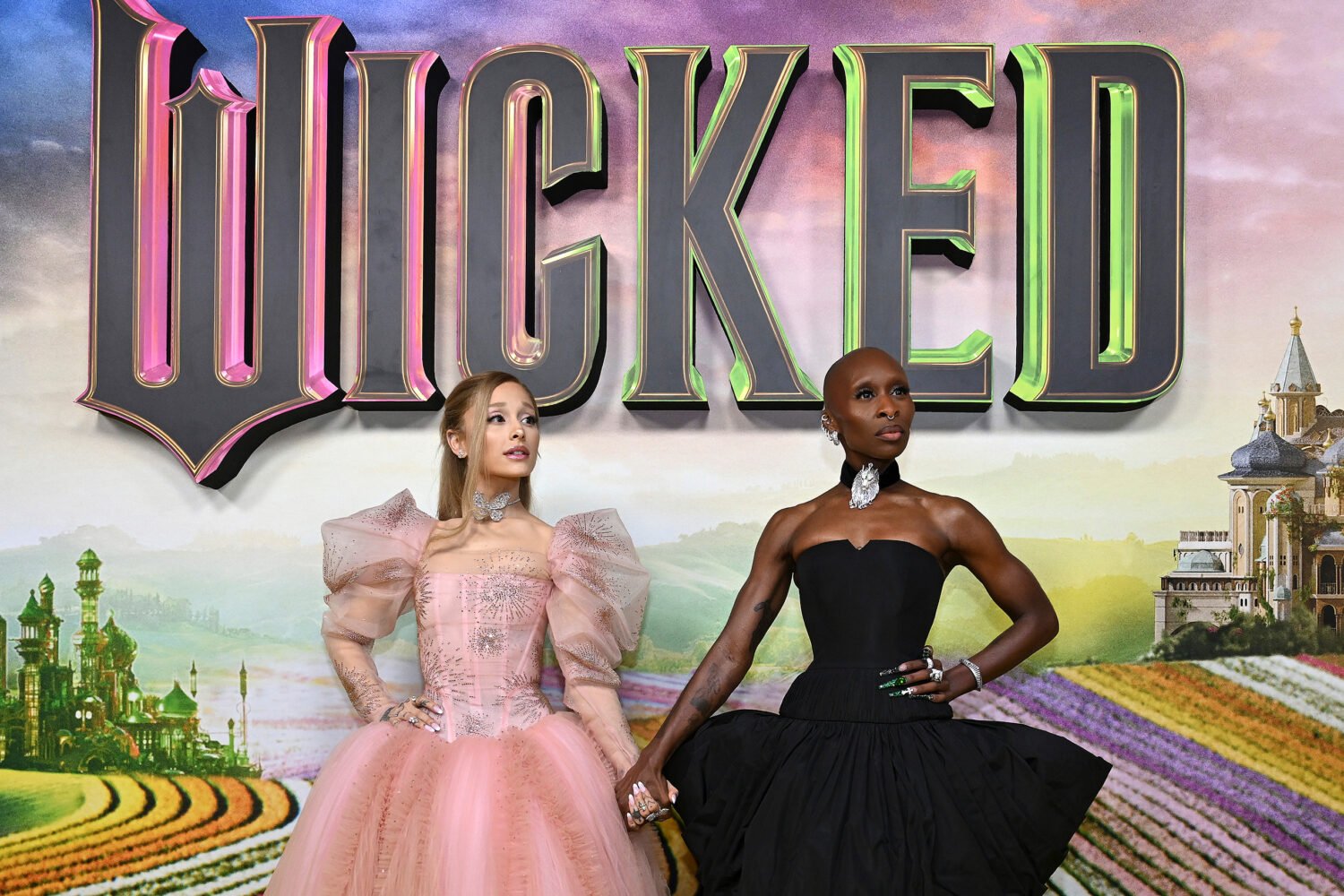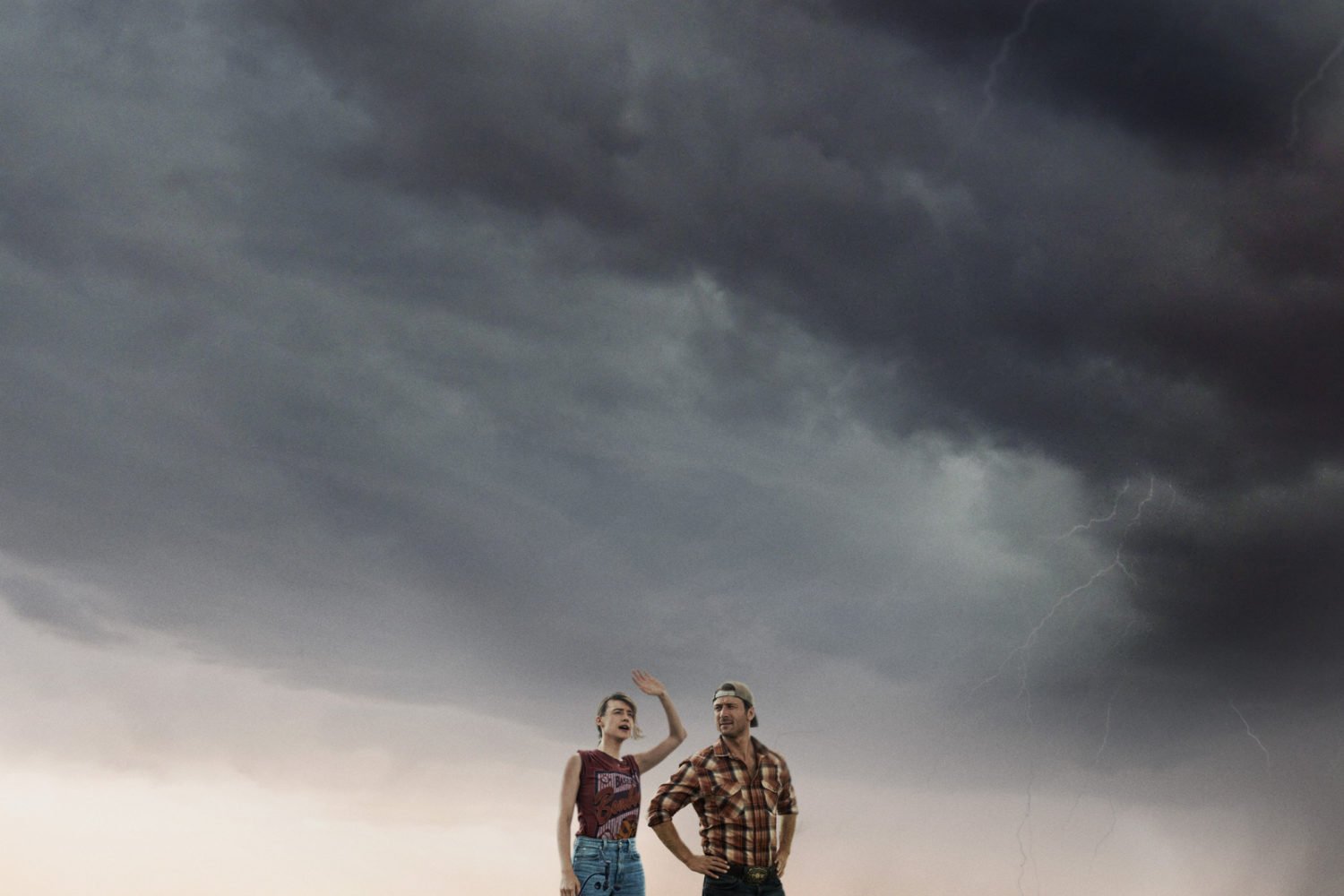End-of-year listmaking is both a joy and a chore. On the one hand, I get to mentally revisit and reminisce over the best films of the year, an exercise that reminds me just why I love movies so much to begin with. On the other, it’s an inherently reductive exercise that takes a lot of complex feelings about the tangible and intangible successes of those great films and boiling them down to an ordered list. I love making these lists; but any conclusions reached feel more like how things shake out on that particular day than in any permanent fashion.
My 2012 list presented just that sort of challenge; not only were there many films that I really loved, but also many that held very different appeals. How do you compare the apples of Django Unchained with the oranges of The Loneliest Planet? What scale can effectively allow for a head-to-head matchup of the The Avengers, which so effectively appeals to the mind’s desire for wide-eyed spectacle, and the intellectual satisfaction of Miguel Gomes’ engrossing, metafictional Tabu?
With that in mind, here are, for today, the ten films (alphabetically) that loom largest in my mind from this year at the moment. And after that, some more that made a play for this list and perhaps could find a spot on another day. In any case, the purpose of these lists, for me, is not to pick winners; with this many fantastic options from this year to choose from, we’re the winners.
Amour: Michael Haneke’s latest is perhaps his most humane and compassionate. But don’t let that fool you into thinking that it’ll be an easy watch. This chamber piece takes place in the Paris apartment of an elderly couple, one of whom is in rapidly declining health. Haneke’s film highlights not just the love that these two have for one another, but also the grim realities and indignities of the end of life.
Beasts of the Southern Wild: A film like nothing else in the theaters this year, a wildly imaginative mix of fantasy, magical realism, and environmental politics. Benh Zeitlin’s debut, about a small community living in a sinking island outside the New Orleans levee system, was a triumphal signal for not just great things to come from the director, but great things happening right now.
The Cabin in the Woods: Measured strictly on how many repeat viewings a film inspired, Drew Goddard and Joss Whedon’s collaboration would be my favorite of the year. After two theater viewings and two at home, I’m still not tired of their irreverent deconstruction of the entire machinations of the horror genre. Never has a film with such academic aims been so funny or so incredibly entertaining.
Holy Motors: Actually, speaking of films with academic, deconstructionist aims that are wildly entertaining? There’s French director Leos Carax’s first film in over a decade, one that was more than worth the wait. The incomparable Denis Lavant turns in one of the most dazzlingly chameleonic performances of the year as a man ferried around Paris in a limo, donning different disguises to act out roles that he seems to have been hired to play within the real world. The film looks at the nature of the artificiality of the movies and the weird circus life of the actor, and is also just a plain joy to take in and try to figure out.
Kid With a Bike: Michael Haneke wasn’t the only European director making one of his most accessible films this year. The Dardenne brothers turned in this simple and heartfelt tale of a boy, neglected and abandoned by his father, who turns cautiously to a kindly stranger for emotional support. While warmer than the Dardennes’ other films and far less bleak, they manage to create a naturalistic tale that has hope without ever feeling unearned or like they’ve pulled punches, using simple, straightforward, and emotionally honest storytelling.
The Master: In a year when the digital tide really overtook America’s cinemas, Paul Thomas Anderson’s latest made the argument for the continuing superiority of images created by the interaction of light and chemicals on strips of film. While Peter Jackson was attempting to create crisper, more detailed images with the high frame rate technique used to shoot The Hobbit, Anderson reminded us that cinema already has a decades-old method for creating that kind of detail, and it’s 70mm film. There’s no film this year as gorgeous or visually stunning as Anderson’s film, especially when projected as the director intended, and all that gushing is without even getting into the knotty intricacies of the story, about a shell-shocked WWII vet (a riveting Joaquin Phoenix) drawn into a cult based loosely on Scientology.
Moonrise Kingdom: By now, Wes Anderson has established his style so completely that one could likely identify one of his works from just a few frames. Moonrise Kingdom could be viewed as a compilation of all his usual stylistic tics, but as in all his best work, somehow all of those seemingly self-conscious visual and auditory cues, which call attention to the filmmaking itself, also provide a path to the emotional heart of the story. Anderson’s tale of young love and coming of age is as heartfelt and affecting as Rushmore and The Royal Tenenbaums, and this is a film and a world that I fondly look forward to revisiting.
Oslo, August 31: Norwegian writer/director Joachim Trier’s film is simple and stripped down, focusing on one man on one day. The man is an addict on a day’s leave from rehab to interview for a job, and he ends up wandering the streets of Oslo, visiting old friends and evaluating how he got to this point.
Tabu: There are two parts to Miguel Gomes’ new film, the first taking place in modern-day Lisbon, the second 50 years prior on the slopes of the fictional Mount Tabu in Portuguese colonial Africa. In the first, a woman deals with her own loneliness as she is drawn into the dying drama of her elderly neighbor. When we flip to the past, the film becomes the story of that neighbor as a young woman, told as a quasi-silent film, with narration and background noise, but no dialogue. Gomes weaves together the personal and political in unusual ways, while also creating a much more effective and interesting tribute to the silent era than in last year’s The Artist.
Zero Dark Thirty: The media narrative over Kathryn Bigelow’s new film, about the hunt and eventual killing of Osama Bin Laden, has sadly turned to whether it’s pro-torture or not. Political pundits seem obsessed with the reductive math they see in the film, in which torture (arguably) plays a part in finding bin Laden, and finding bin Laden is an undisputed victory, and therefore torture is good. But Bigelow’s film is so much more complex than that; it doesn’t come out pro-torture so much as it asks whether the ends justify the means, and more importantly, whether what we gained is worth what we’ve morally lost. Anyone who looks at the end of the film as a triumph isn’t looking very hard at all; more importantly, all of this debate
ignores what Bigelow is getting at by concentrating on the story of one female CIA operative, who’s story makes this into a feminist analysis of the difficulties faced by women in male-dominated workplaces. Bigelow’s triumph is in making a film that deals with so much moral complexity without ever spoon-feeding answers, and in making a procedural so thrilling that then asks us to examine just why we’re thrilled and whether we can feel good about that.
Many other films made me extremely happy to sit in darkened theaters this year; here’s a rundown of some of my other favorites: Anna Karenina, The Avengers, The Dark Knight Rises, Django Unchained, Haywire, The Imposter, Jeff, Who Lives at Home, Killer Joe, Killing Them Softly, Life of Pi, The Loneliest Planet, Looper, Magic Mike, The Perks of Being a Wallflower, Rust and Bone, Silver Linings Playbook, Skyfall, Take this Waltz, Wuthering Heights.

